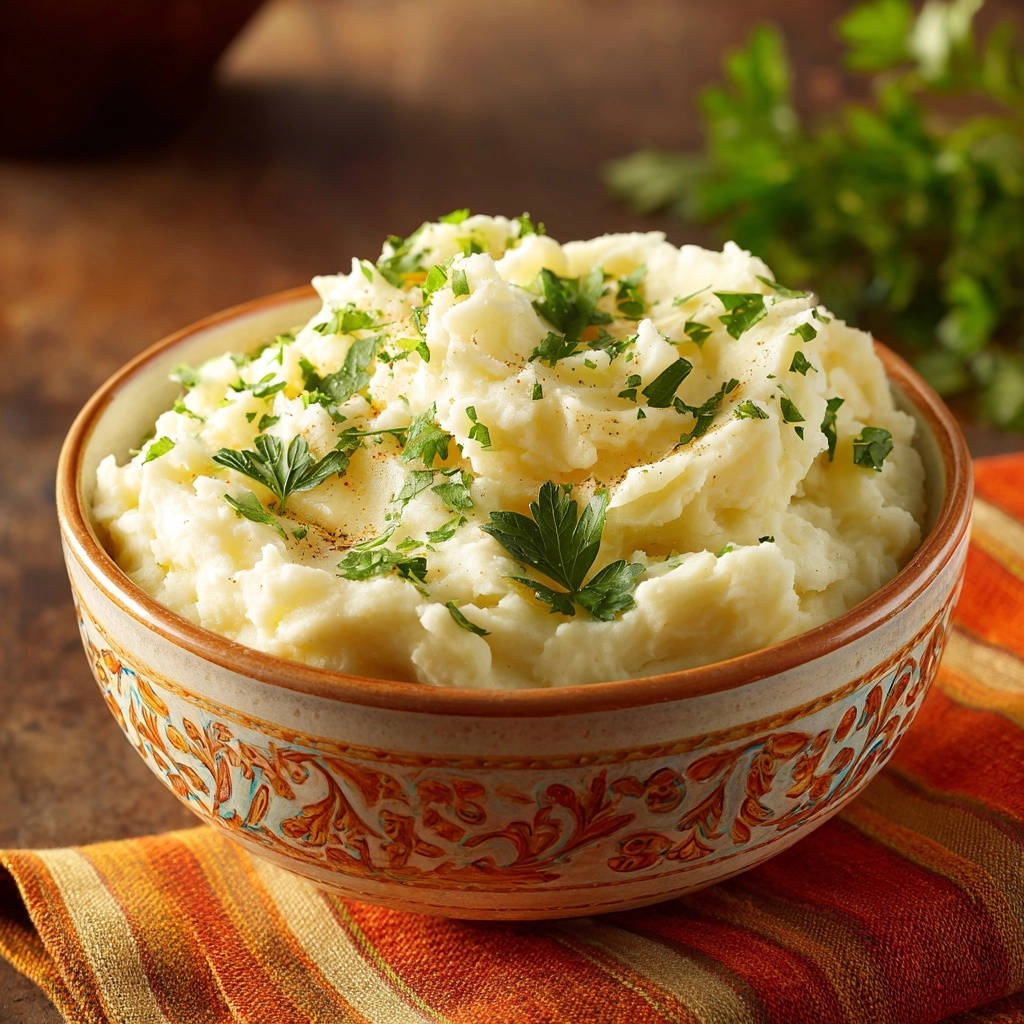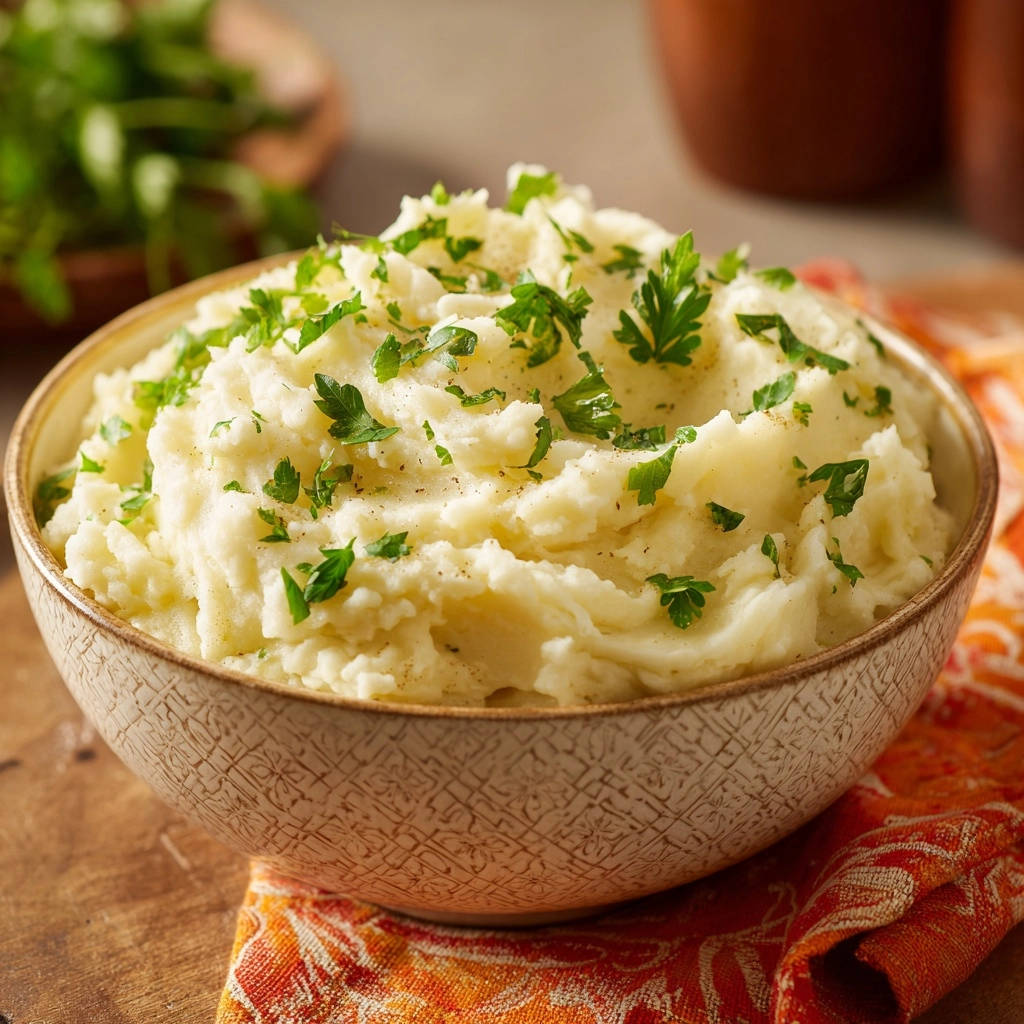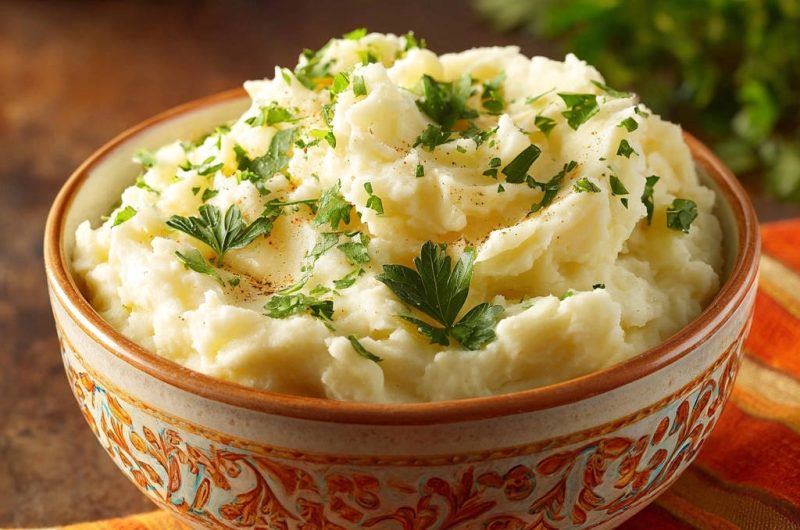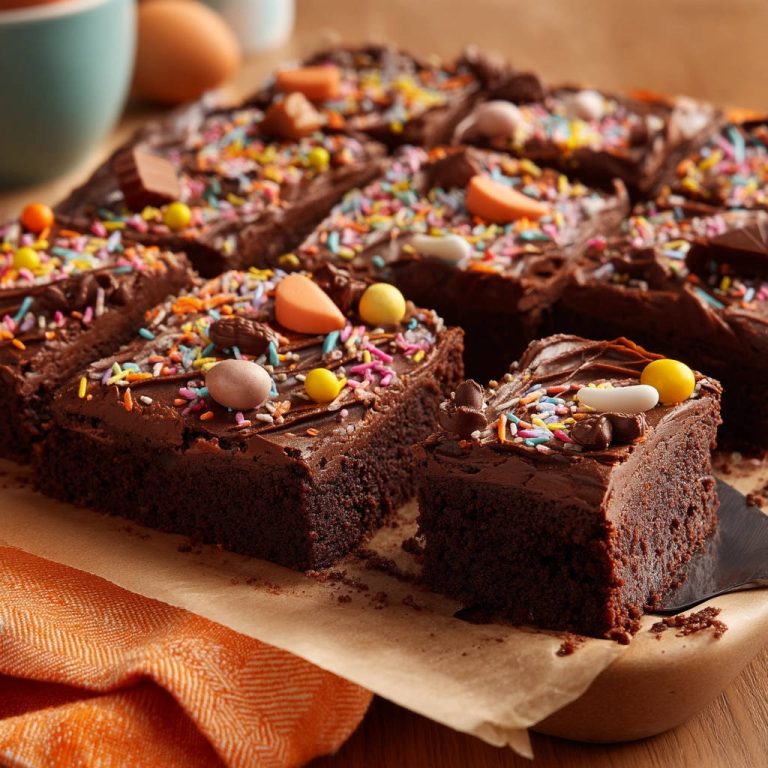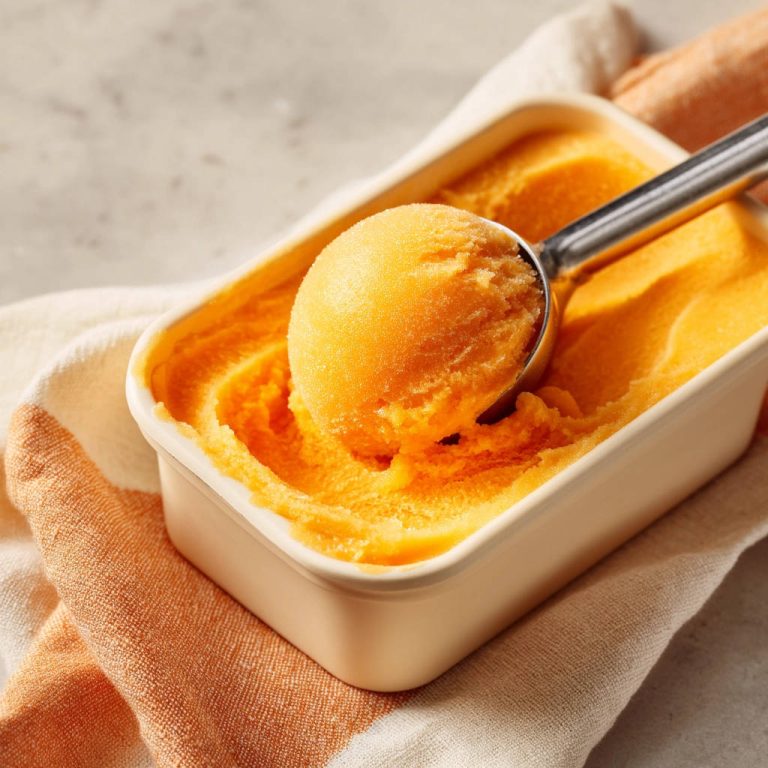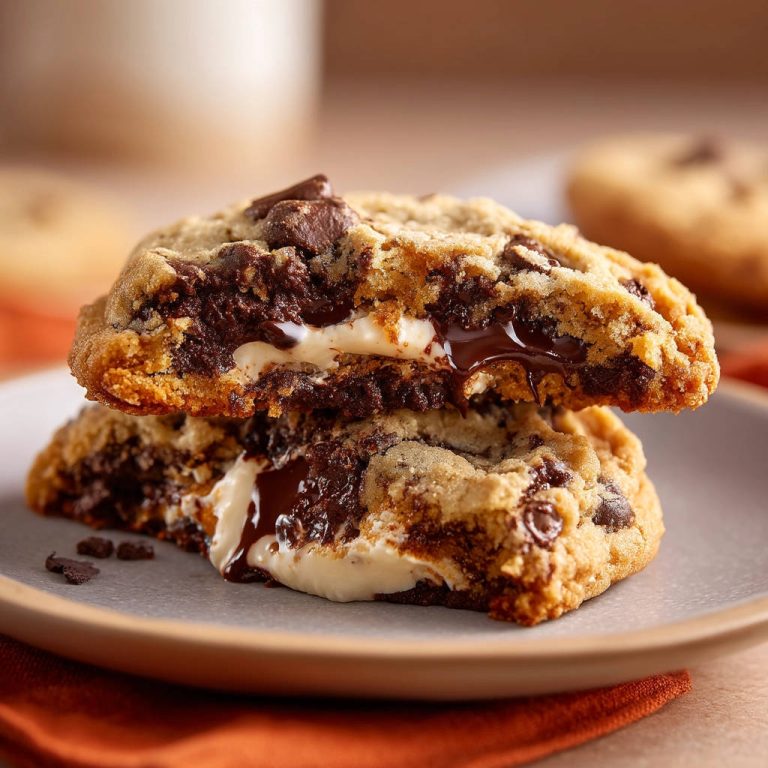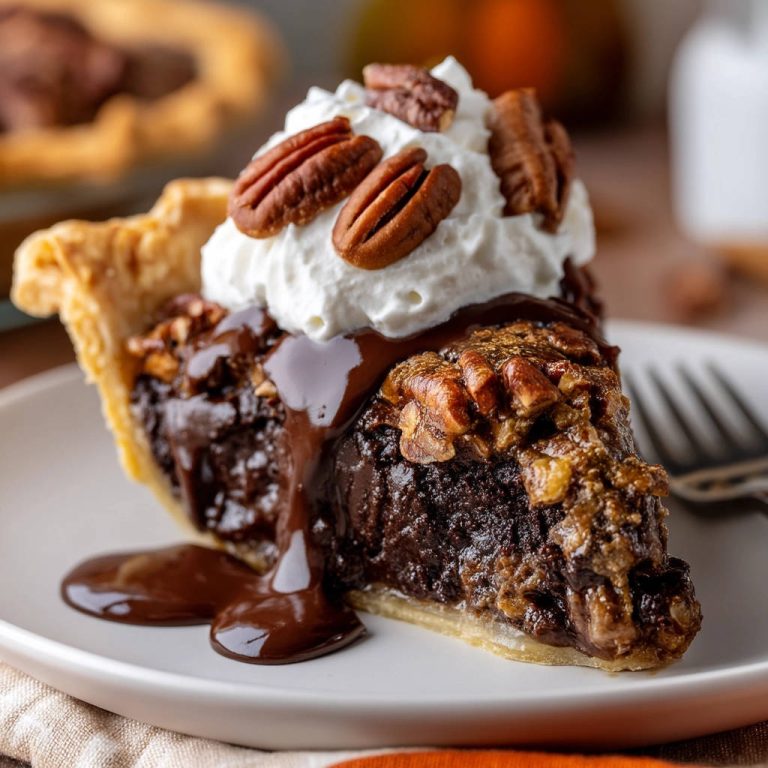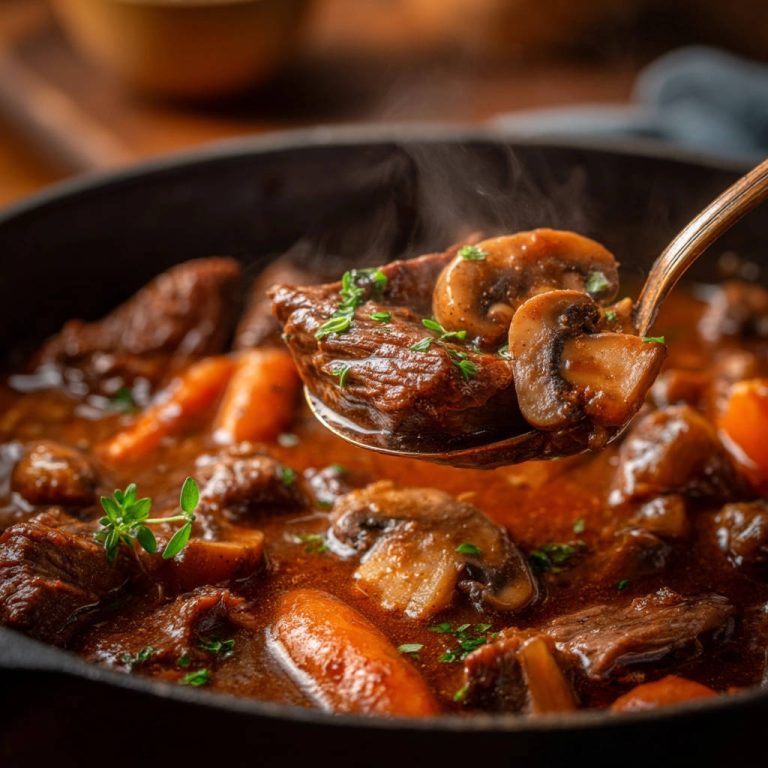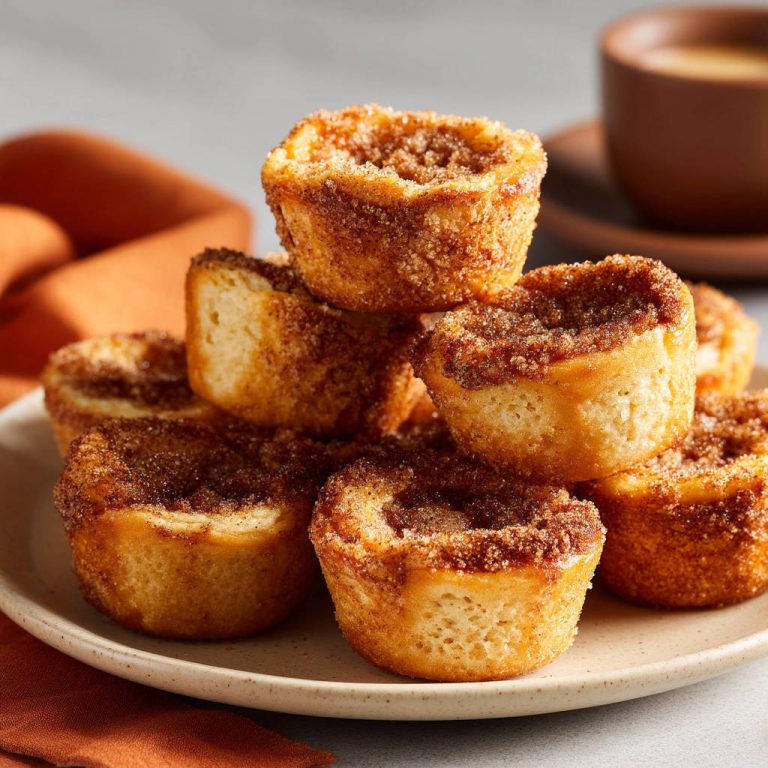For years, making truly light and Fluffy Mashed Potatoes felt like chasing a culinary unicorn – often ending in a dense, gluey mess. I discovered that the key isn’t just about ingredients, but a few simple, often-missed techniques that guarantee airy, luscious results every single time.
This recipe provides the definitive guide to achieving that dreamy texture, solving the common problem of sticky spuds and elevating your side dish game instantly. Prepare to impress everyone with perfectly smooth, melt-in-your-mouth mashed potatoes that are simply irresistible.
The Secret to Fluffy Mashed Potatoes That Never Fail
The quest for perfect mashed potatoes often ends in frustration, yielding a sticky, unappetizing consistency instead of the desired light and fluffy mashed potatoes. This common mishap typically stems from one major culprit: excess moisture combined with over-processing.
Our recipe tackles this head-on with a simple yet revolutionary drying step, coupled with a gentle mashing technique. This approach effectively removes surface moisture and prevents starch from over-developing, which is the root cause of gumminess.
By following these precise steps, you’ll unlock a consistent method for exceptionally airy, creamy mashed potatoes that stand out on any table, making every meal feel a little more special.
Gathering Your Essentials: Ingredients for Dreamy Fluffiness
The Right Potato Pick: Starch is Key
Selecting the correct potato variety is paramount for achieving airy potatoes. Starchy potatoes like Russets (Idaho) or Yukon Golds are ideal because their high starch content and lower moisture allow them to break down easily and absorb butter and milk without becoming gluey.
Avoid waxy potatoes such as Red Bliss or New Potatoes for mashing. Their firm structure holds more moisture, making them prone to a gummy texture when mashed vigorously.
Dairy & Butter: Enriching the Creaminess
Whole milk or half-and-half provides essential moisture and richness, creating a luxurious base for your potatoes. Unsalted butter adds incredible flavor and a silky mouthfeel.
For a lighter version, skim milk can be used, though it will yield a less rich result. Dairy-free alternatives like unsweetened oat milk and vegan butter can also work, maintaining a good consistency with slight flavor variations.
Seasoning to Perfection: Beyond Just Salt and Pepper
Proper seasoning is crucial for flavorful Fluffy Mashed Potatoes. Begin by generously salting the cooking water; this seasons the potatoes from the inside out.
Finish with fresh ground black pepper and additional salt to taste once mashed. For subtle variations, consider a pinch of garlic powder or fresh chopped chives stirred in at the end.
Your Mashed Potato Toolkit: What You’ll Need
Crucial Equipment for Optimal Texture
The right tools make all the difference in achieving the perfect light texture.
Potato Ricer or Food Mill: These are gold standards for the lightest, most airy texture. They separate the potato cells without overworking them, ensuring no gumminess.
Sturdy Handheld Potato Masher: If you don’t have a ricer or food mill, choose a masher with a grid-like pattern. This allows for efficient mashing with less effort, minimizing the risk of overworking.
Large Pot & Colander: Essential for boiling and thoroughly draining your potatoes.
Small Saucepan: For gently warming your dairy and butter, ensuring smooth incorporation.
Tools to Avoid for Gummy-Free Results
This is a non-negotiable rule: absolutely avoid using a food processor or blender for mashed potatoes. These high-speed appliances over-process the potatoes, breaking down their cell walls and releasing excessive starch.
The result is an inevitably sticky, unappetizing, and gummy texture that no amount of added butter can fix.
Mastering the Fluff: A Step-by-Step Guide to Perfect Mashed Potatoes
Preparation: Peeling & Cutting for Even Cooking
Place the cut potatoes in a large pot and cover them with cold water by about an inch. Add a generous pinch of salt to the water. Starting with cold water allows the potatoes to cook through evenly as the water heats up, avoiding a raw center.
The Boil & Simmer: Reaching Fork-Tender Perfection
It’s crucial not to overcook them to the point of disintegration; they should be soft enough to easily pierce with a fork but still hold their shape. Overcooked potatoes absorb too much water, contributing to a watery or bland end product.
The “Secret” Drying Step: Evaporating Moisture for Ultimate Fluffiness
Immediately return the empty pot to the stove over low heat for about 1-2 minutes, gently shaking the pot. This crucial step evaporates any remaining surface moisture from the potatoes, which is essential for achieving true fluffiness. Without this, your potatoes will be waterlogged and heavy.
Warming the Liquids: Seamless Incorporation
Keeping the liquid warm ensures it incorporates smoothly into the hot potatoes without cooling them down. Cold liquid can make the potatoes seize up, hindering smooth absorption and creating a less uniform texture.
The Gentle Mash: Tools & Technique for Airy Results
Work in batches if necessary. As mentioned before, absolutely avoid using a food processor or blender, as this is the fastest way to develop that terrible gummy texture. The goal is to break down the potato cells gently, not pulverize them.
Folding, Not Beating: Incorporating Liquids Gently
Do not beat or vigorously mix the potatoes. Just fold until the liquid is absorbed and the potatoes are creamy and combined. The less you handle the potatoes after adding the liquid, the better, as excessive agitation can develop starches and lead to gumminess.
Final Seasoning & Garnish: Your Personal Touch
If you prefer an even creamier consistency, you can add a little more warm milk or butter, folding it in gently to incorporate. Serve your perfectly Fluffy Mashed Potatoes immediately, garnished with fresh chopped parsley and a sprinkle of extra black pepper if desired.
Chef’s Secrets & Pro Tips for Fluffy Mashed Potatoes Excellence
Don’t Skip the Salted Water: Seasoning the cooking water is vital. It allows the potatoes to absorb flavor as they cook, resulting in a more deeply seasoned and delicious end product compared to just adding salt at the end.
The Ideal Temperature for Mixing: Always ensure your dairy and butter mixture is warm when adding it to the hot potatoes. This prevents the potatoes from cooling too rapidly and seizing up, allowing for smoother, more consistent incorporation.
Flavor Boosters and Creative Variations: Elevate your Fluffy Mashed Potatoes with simple additions. Consider stirring in roasted garlic puree for a mellow, nutty flavor, a dollop of cream cheese or sour cream for extra tang and richness, or finely chopped fresh chives for a delicate oniony note. A hint of freshly grated nutmeg can also add sophisticated warmth.
Serve Immediately for Peak Fluffiness: While these potatoes hold well, their absolute peak of fluffiness and creaminess is right after preparation. Try to time your mashed potato making with the rest of your meal for the best experience.
Tackling Mashed Potato Mishaps: Solutions to Common Problems
Why Are My Mashed Potatoes Gummy or Gluey?
This is almost always due to over-processing or insufficient moisture removal. Using a food processor or blender pulverizes the potato cells, releasing too much starch and creating a sticky, glue-like consistency.
Additionally, not thoroughly drying the potatoes after boiling leaves excess surface water, which also contributes to gumminess. Always prioritize the drying step and use a gentle mashing tool like a ricer.
Why Are My Mashed Potatoes Watery or Bland?
Watery mashed potatoes typically result from not draining and drying them properly after boiling. Excess water simply dilutes the flavor and impacts the texture.
Blandness often comes from under-seasoning. Remember to generously salt the water when boiling and taste and adjust the seasoning repeatedly at the end until perfect.
My Potatoes Aren’t Fluffy Enough! What Went Wrong?
If your potatoes lack that desirable airy texture, it could be due to using the wrong type of potato (waxy instead of starchy). It might also indicate insufficient moisture evaporation during the drying step, or overmixing after the liquids have been added.
Gentle handling is key once the warm milk and butter are introduced.
Perfectly Paired: Serving, Storing, and Reheating Your Fluffy Mashed Potatoes
Creative Serving Suggestions
Fluffy Mashed Potatoes are the ultimate versatile side dish. They are a classic pairing for holiday feasts alongside a succulent perfect juicy roast beef or a tender herb-roasted chicken breast.
Beyond traditional roles, use them as a creamy topping for shepherd’s pie, or pan-fry cold leftovers into crispy mashed potato cakes. They also make a comforting and easy accompaniment to any weeknight dinner.
Storing Leftovers for Freshness
Store any leftover Fluffy Mashed Potatoes in an airtight container in the refrigerator for up to 3-4 days. Ensure they cool completely before covering and refrigerating to maintain quality.
Reheating Without Sacrificing Fluffiness
For best results, reheat on the stovetop over low heat, adding a splash of extra milk or butter and stirring gently until warmed through and creamy again. You can also reheat them in a low oven (around 300°F/150°C) covered, stirring occasionally.
Avoid the microwave for large batches if possible, as it can sometimes dry them out unevenly. If using the microwave, heat in short intervals, stirring frequently, and add a little liquid.
Make-Ahead Tips for Stress-Free Meals
While best served fresh, you can peel and cut your potatoes ahead of time, storing them submerged in cold water in the refrigerator for up to a day. Drain them well before boiling. The full dish can be made ahead and gently reheated using the stovetop method, adding more liquid as needed.
Your Fluffy Mashed Potatoes Questions Answered
Can I use milk alternatives for dairy-free mashed potatoes?
Yes, absolutely! Unsweetened plant-based milks like oat milk, almond milk, or soy milk work well, along with a good quality vegan butter. Be aware that the flavor might be slightly different, but the airy texture can still be achieved.
Is it really necessary to dry the potatoes after boiling?
Yes, it is arguably the most critical step for achieving truly Fluffy Mashed Potatoes and preventing them from becoming gummy. Evaporating that excess surface moisture ensures a light, airy result that readily absorbs the dairy and butter without becoming sticky.
Can I make these mashed potatoes ahead of time for a party?
Yes, you can. Prepare the potatoes completely up to 1-2 hours in advance. Keep them warm in a slow cooker on the “warm” setting, stirring occasionally and adding a splash of hot milk if they thicken too much. For longer storage, refrigerate and reheat as described above.
What’s the best way to reheat leftovers to maintain fluffiness?
The best way to reheat leftovers is on the stovetop over low heat, gently stirring in a tablespoon or two of warm milk or butter. This rehydrates them while maintaining their creamy, fluffy mashed potatoes consistency. Avoid high heat or vigorous stirring.
Ready to Impress? Share Your Fluffy Mashed Potatoes Masterpiece!
Now that you hold the secrets to truly perfect, never-gummy Fluffy Mashed Potatoes, it’s time to put your newfound expertise to work! This dependable recipe will become your go-to for any occasion, from cozy family dinners to grand holiday feasts.
Don’t be surprised when friends and family ask for your secret to such an airy texture. Whip up a batch tonight and savor the difference a few simple techniques can make. For another comforting and creamy potato side, you might also enjoy our recipe for creamy scalloped potatoes!
Fluffy Mashed Potatoes
Course: Side DishCuisine: American CuisineDifficulty: easy4
servings15
minutes25
minutes40
minutesAmerican Cuisine
Ingredients
2 pounds starchy potatoes like Russet or Yukon Gold
1 cup whole milk or half-and-half
4 tablespoons unsalted butter
Salt to taste
Black pepper to taste
Fresh parsley, chopped, for garnish
Directions
- Peel the potatoes and cut them into roughly equal-sized pieces (about 1.5 to 2 inches). This helps them cook evenly. Place the cut potatoes in a large pot and cover with cold water by about an inch. Add a generous pinch of salt to the water.
- Bring the water to a boil over high heat, then reduce the heat to medium-low and simmer gently until the potatoes are fork-tender. Be careful not to overcook them until they are falling apart completely. This usually takes 15-20 minutes depending on the size of the pieces.
- This is the absolute key to avoiding gumminess: Drain the potatoes very thoroughly in a colander. Return the empty pot to the stove over low heat for about 1-2 minutes, shaking the pot gently. This helps evaporate any remaining surface moisture from the potatoes, which is crucial for fluffiness.
- While the potatoes are drying out slightly in the warm pot, gently heat the milk and butter together in a small saucepan over low heat until the butter is melted and the mixture is warm but not boiling. Keeping the liquid warm helps it incorporate smoothly without cooling down the potatoes.
- Remove the pot of dry potatoes from the heat. Now, for the gentle mashing technique: Use a potato ricer, a food mill, or a sturdy handheld potato masher (one with a grid is best) to break down the potatoes. Work in batches if needed. Avoid using a food processor or blender at all costs, as this is the fastest way to develop that terrible gummy texture. Mash or rice the potatoes right in the pot.
- Gradually pour the warm milk and butter mixture into the mashed potatoes while gently folding with a wooden spoon or spatula. Do not beat or vigorously mix. Just fold until the liquid is absorbed and the potatoes are creamy and combined. The less you handle the potatoes after adding the liquid, the better.
- Season generously with salt and black pepper to taste. Add more warm milk or butter if you prefer a creamier consistency, folding gently to incorporate.
- Serve immediately, garnished with fresh chopped parsley and a little extra black pepper if desired. Enjoy your perfectly fluffy, never gummy mashed potatoes!

